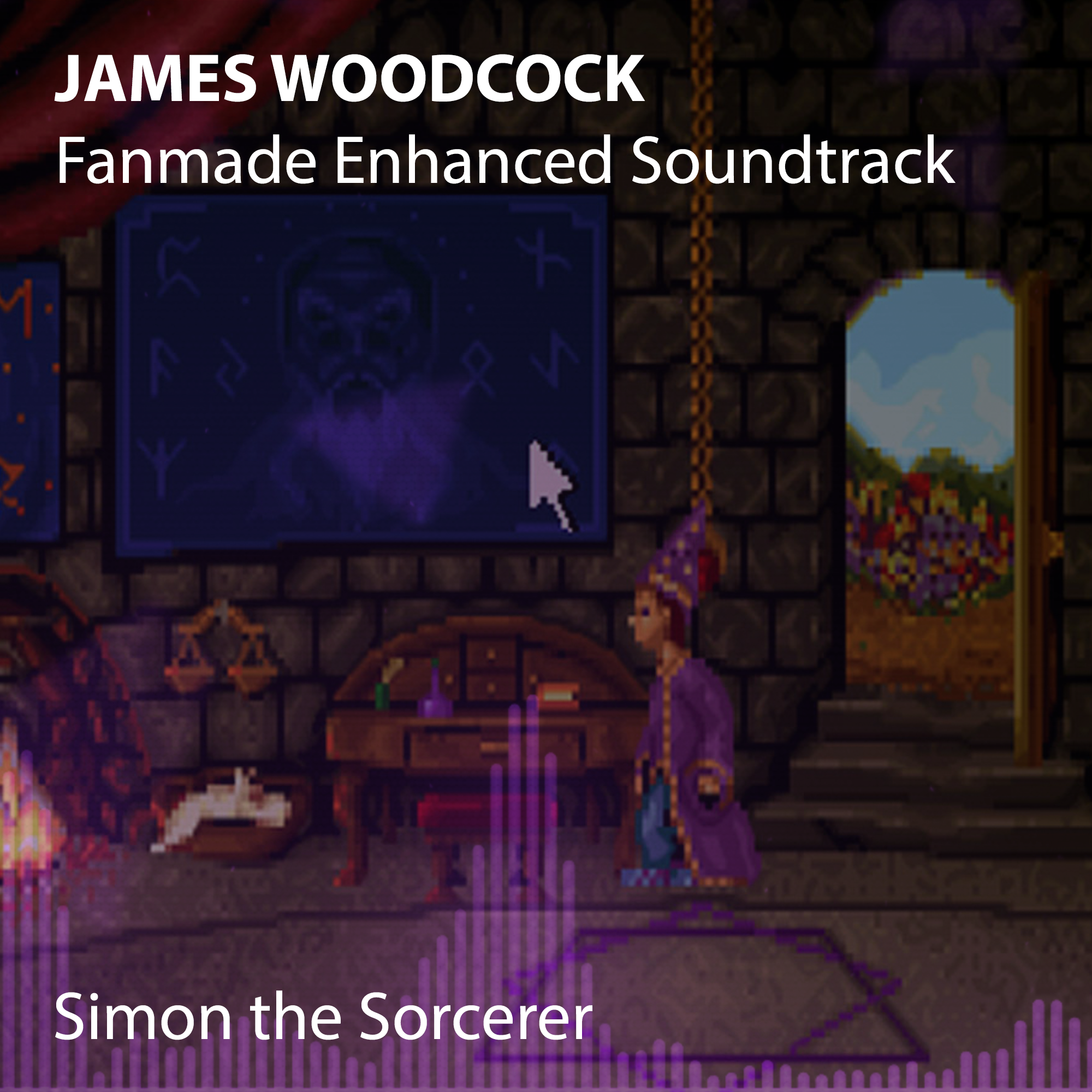There are many ways of creating music on a computer and one of those is by using the Module Music format. What started off as something extremely simple, is still around today with composers using this format and the new variations that have been created since to create some stunning music.
With my computer gaming history, I remember both my 486 PC and Acorn Archimedes A3010 using Module music a fair bit to present the games background music such as Simon the Sorcerer.
The first version of the format was created by Karsten Obarski for use in the Soundtracker tracker released for the Amiga computer in 1987[1]. The format has since been supported by hundreds of playback programs and dozens of other trackers including ProTracker and NoiseTracker and MilkyTracker for Mac OS X users and MadTracker for PC users.
The original version of the MOD format featured four channels of simultaneous audio playback, corresponding to the capabilities of the original Amiga chipset, and up to 15 instruments. Later variations of the format have extended this to up to 32 channels and 31 instruments.
The format was designed to be directly playable on the Amiga without additional processing: for example, samples are stored in 8-bit PCM format ready to be played on the Amiga DAC, and pattern data is not packed. Playback required very little CPU time on an Amiga, and many games used MOD files for their background music.
One of the sites I like best is The Mod Archive, which has a handy Top 10 list that appears fairly regularly. I use a player called DeliPlayer. Be warned though, I find DeliPlayer to be a bit of a headache to use at times, but it is the best for playing back a huge selection of audio formats.
Link: The Mod Archive



